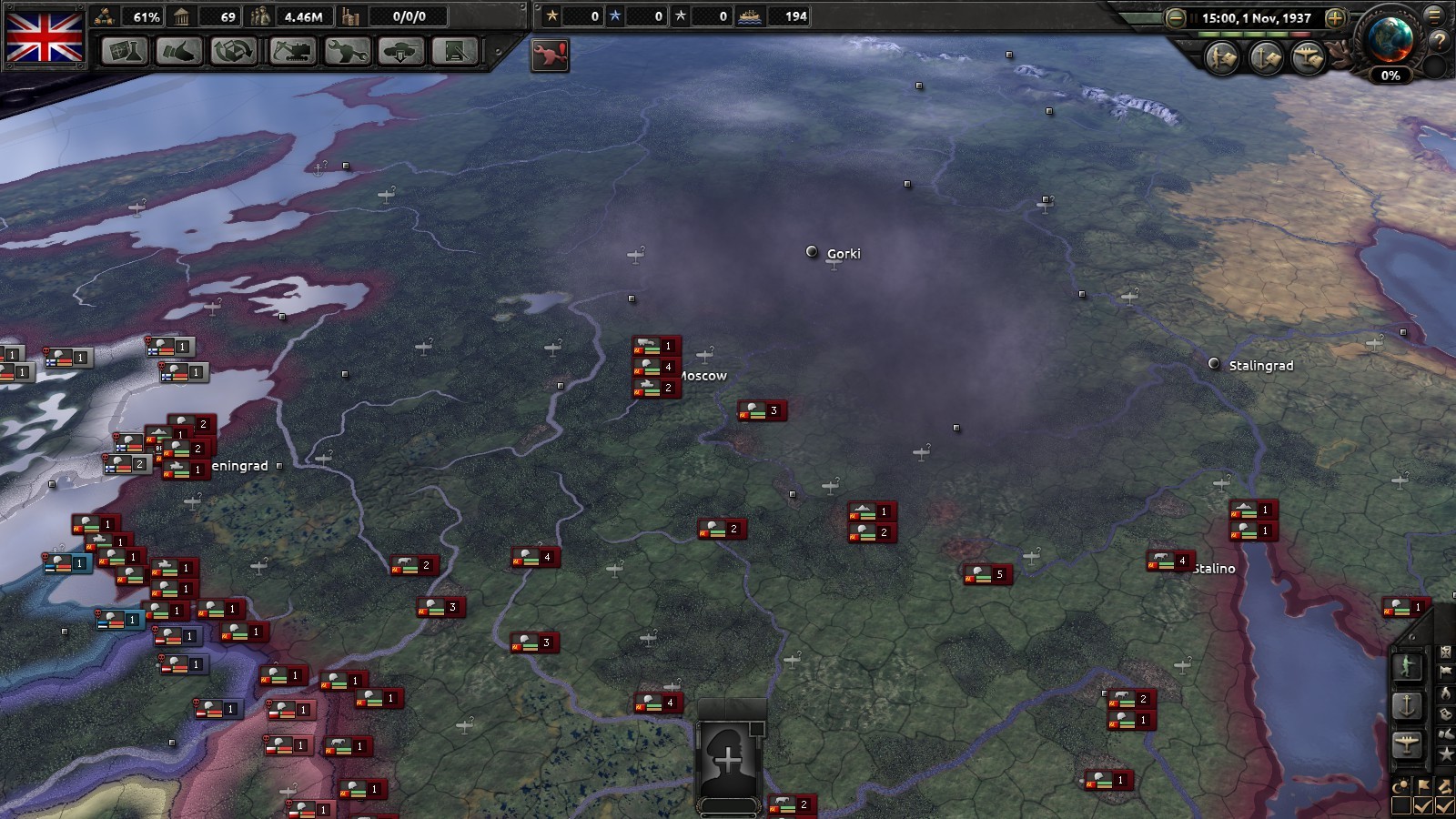

This architecture is, however, just one of the ways in which Iron Dome is unique. Each Iron Dome battery protects a relatively small parcel of territory, but Israel now has sufficient mobile batteries to protect the areas that are threatened at times of tension. It is a system that was designed for the challenge facing Israel-specifically, organizations on its borders, such as Hamas in Gaza and Hezbollah in Lebanon, that do not have the personnel or firepower to invade and challenge Israel’s army, but that have accumulated large arsenals of rockets that, although rudimentary and inaccurate, can target most of a small country like Israel. When it was first established more than a decade ago, Iron Dome had its skeptics, both in Israel and abroad, but over time, they-and the world-have seen it work. If you’ve been watching coverage of the latest round of fighting in Gaza and Israel, you won’t have escaped the Iron Dome pyrotechnic display, astonishing especially at night as the rockets arching northward from Gaza are picked out of the sky in a litany of mid-air explosions. Remarkably, this barrage resulted in only a dozen deaths: More than 90 percent of the rockets were intercepted by Israel’s missile-defense system, Iron Dome. That still leaves about 1,500 rockets that headed for built-up areas. According to Israel’s military, nearly two-thirds of these missed their target, hitting fields and other open areas, or malfunctioning and falling short. In the 12 days that preceded Thursday’s announcement of a cease-fire, the Palestinian militant groups Hamas and Islamic Jihad launched 4,369 rockets of various sizes and ranges from Gaza toward Israel.


 0 kommentar(er)
0 kommentar(er)
